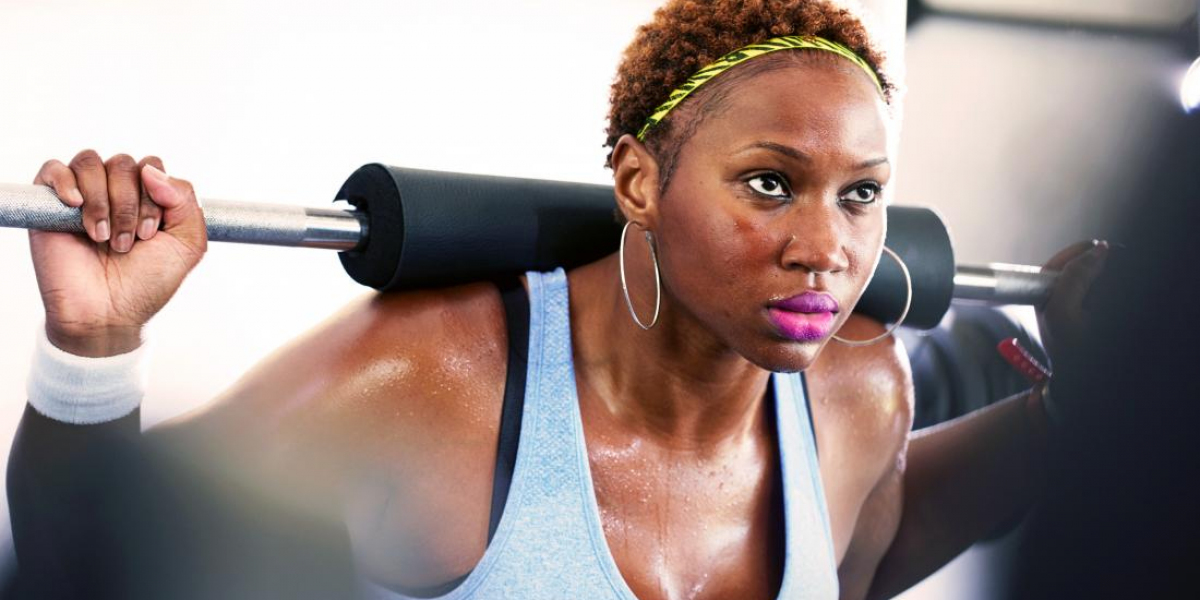Exercises for the press
Basic Theory
The abdominal muscles are a single muscle segment that is not classified into "lower" and "upper". Do not choose exercises based on this criterion. You should train the abdominal muscles no more often than regular muscles. The muscle tissues here are identical. They need time to recover.
Another feature of abdominal exercises is working with your own body weight. Unlike other muscles, here you can give a strength stimulus for abdominal development without using additional weights, but for this you need to master the correct technique.
The most effective abdominal exercises
Crunches
An excellent exercise for developing the rectus abdominis. The emphasis is on the upper section. But this does not mean that the "lower" press does not receive it. Due to the specificity of the movement when performing crunches, a person feels the work only in the upper area.
For classic crunches, you need a support on which you place your legs so that the hamstrings and quadriceps are perpendicular to the floor, and the shin is parallel. Touch the floor at three points: the back of the head, shoulder girdle, lower back. A slight arch in the spine is welcome, as it will stretch the abdominal muscles along the body.
The key element of the technique of performing crunches is the initial movement. Do not try to bend the body at the hip joint. Only the upper back (shoulder girdle) rises. Mentally imagine how you are trying to twist the pectoral muscles to the stomach. The lower back remains on the floor throughout the exercise.
The range of motion will be small, but this is how the press will receive a colossal load. It is better to fold your hands with your palms on your head. Pay attention to the head, not behind the head. You do not need to pull yourself with your hands, this will injure your neck.
The crunch is called a crunch for a reason. Don't lift your torso. "Turn" your upper torso toward your stomach.
RKS Plank
An unconventional plank variation from a trainer and methodologist who, thanks to his scientific work, became popular in the US and moved there. Differences from the classic variation:
Elbows closer to each other;
Elbows higher - approximately at nose level
Buttocks higher than torso;
Feet apart, approximately shoulder-width apart;
Contract your abs with each exhalation.
The plank differs from other abdominal exercises by the type of load. Here the impact occurs due to static tension. The core muscles are also involved in the movement, which makes the exercise basic. The complex load has a positive effect on the development of the abdominal muscles.
Static load is familiar to the press, since in everyday life this segment is almost always active in static mode, so it responds better to such load, but this does not mean that the entire training process should consist of a plank.
Leg raises on the horizontal bar
When a trainer tries to teach this exercise to his trainees, it is enough to say - reverse crunches. Imagine that you are doing crunches, but you are not crunching your upper torso, but your legs. It is important not to just lift your knees or legs, but to crunch your pelvis to your stomach. Only in this case will you feel the work of your abdominal muscles and the corresponding load.
The horizontal bar is the best option. There is no support for the torso. Yes, there will be some body swaying, but it is not critical, but there is no interference with the correct biomechanics of movement. If you cannot hang on the horizontal bar for a long time, a special stand for the press, where you rest your elbows, will suit you. Try not to lean on the back of such a stand, maintaining the naturalness of the movement and a free trajectory for engaging all the muscles of the core and stabilizers.
The exercise outperforms crunches in terms of load factor, as the weight of your legs is almost half of your body weight. So if you are looking for a strength workout for your abs, then leg raises are perfect for you.
Parasitic exercises
Roller crunches
This movement is needed for special sports where the athlete's functionality is valued. For example, in crossfit, weightlifting, martial arts. In fitness, it has no place due to the high risk of injury. Bending the spine, stretching the shoulder bag, tearing the abdominal muscles and much more makes this twisting option a parasitic exercise for the average athlete.
Weighted Bends
It is believed that such alternating bends with dumbbells or weights from a barbell develop the oblique abdominal muscles. However, in reality, they only burn calories, and even then rather poorly. A person needs oblique abdominal muscles to maintain balance. They cannot be developed with such isolation movements. You need heavy basic loads, such as deadlifts or squats with a barbell, where the body has to fight for balance.
Of the isolating movements for the oblique muscles, only lateral bends in the hyperextension machine can be useful. However, the average fitness enthusiast, and especially a beginner, does not need to focus on such abdominal exercises. The above will be enough for you.









